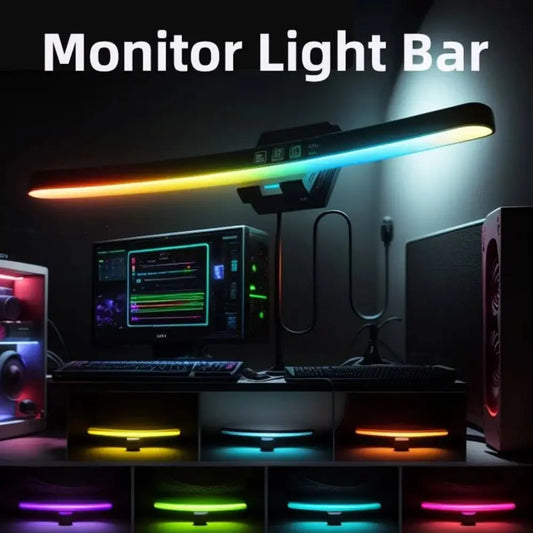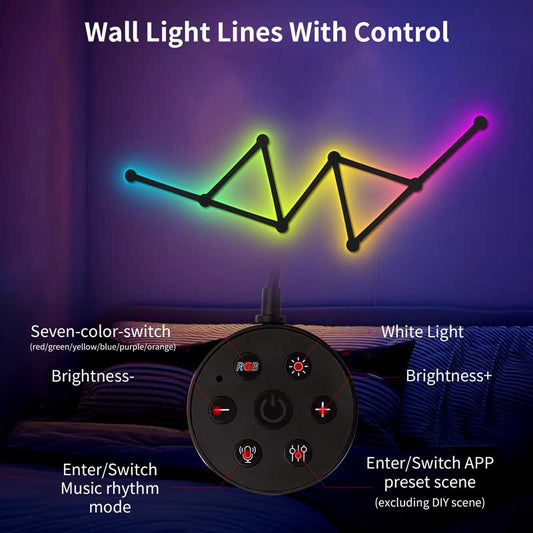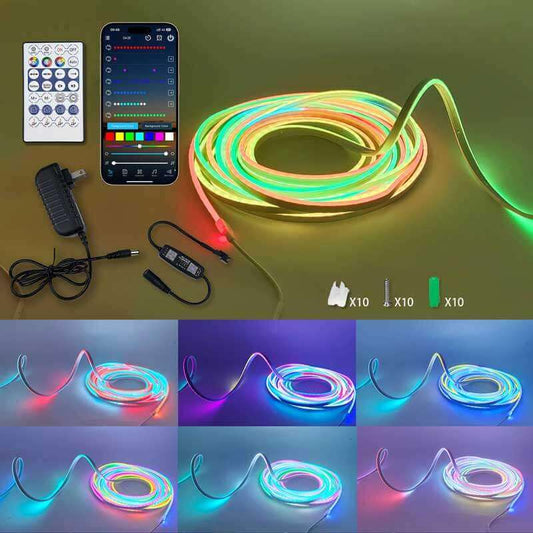What is the best type of motion sensor?
Share
The best type of motion sensor largely depends on your specific needs, whether you're using it for home security, convenience, or energy-saving purposes. There are a few main types of motion sensors, each with its own set of advantages and ideal use cases. Let’s break them down:
1. PIR (Passive Infrared) Sensors
Best For: Home security, energy efficiency, indoor lighting
-
How it works: PIR sensors detect infrared radiation (heat) emitted by moving objects, such as people or animals. They are the most common type of motion sensor used in home lighting systems.
-
Advantages:
- Energy-efficient: PIR sensors are known for their low power consumption.
- Widely available: These sensors are the most common in motion-activated lights and are typically the most affordable.
- Effective for indoor use: PIR sensors work best in environments where the sensor is placed to detect body heat, such as entryways, hallways, and bathrooms.
-
Limitations:
- Limited range: PIR sensors have a limited detection range and might not work well in larger outdoor spaces or areas with little or no heat variation.
- Susceptible to false triggers: PIR sensors can be triggered by pets or other moving heat sources, which can be a downside in some situations.
2. Ultrasonic Motion Sensors
Best For: Commercial spaces, large areas, or specific applications needing high precision
-
How it works: Ultrasonic sensors emit high-frequency sound waves that bounce off objects. They detect changes in the sound wave patterns when something moves in the detection area.
-
Advantages:
- High precision: Ultrasonic sensors can detect motion more accurately, even through walls or obstacles, making them ideal for larger or complex areas.
- Works in both indoor and outdoor environments: They can function in both dark and bright conditions, and are less likely to be affected by heat changes.
-
Limitations:
- Higher cost: Ultrasonic sensors tend to be more expensive than PIR sensors.
- False triggers: They can sometimes be triggered by other environmental factors, such as wind or heavy rainfall.
3. Microwave Motion Sensors
Best For: High-security applications, sensitive areas
-
How it works: Microwave sensors emit microwave pulses and detect changes in the reflection of those pulses caused by movement in the area.
-
Advantages:
- Highly sensitive: Microwave sensors are extremely sensitive and can detect motion across a wider area and at greater distances than PIR sensors.
- Can detect motion through some barriers: They can sense motion even through walls or doors.
- Less affected by heat: Unlike PIR sensors, microwave sensors are not influenced by body temperature, so they can be used in environments with little or no heat variation.
-
Limitations:
- Higher cost: Similar to ultrasonic sensors, microwave sensors are generally more expensive than PIR.
- Potential for false alarms: Because they can detect movement even through walls or other materials, they might be more prone to false alarms in certain setups.
4. Dual-Technology Motion Sensors
Best For: High-security areas, when reliability is crucial
-
How it works: Dual-technology sensors combine two or more types of motion detection technologies (typically PIR and ultrasonic or microwave) to increase reliability and accuracy.
-
Advantages:
- Reduces false alarms: Since both sensors need to be triggered for the light to activate, these sensors are less prone to false alarms compared to single-technology sensors.
- Improved detection: These sensors offer a higher level of detection accuracy and can be used in more demanding environments.
-
Limitations:
- More expensive: Dual-technology sensors tend to cost more than single-technology models due to the added complexity.
- More complex installation: These sensors can sometimes be more difficult to install and calibrate due to the combination of technologies.
5. Photoelectric Motion Sensors
Best For: Security and industrial applications, especially where precise detection is required
-
How it works: Photoelectric sensors detect motion based on changes in light levels. They use a light emitter and detector to sense when an object blocks the light path.
-
Advantages:
- Highly accurate: These sensors can detect even the slightest movement in certain conditions.
- Can be used for very specific applications: Photoelectric sensors are often used for very targeted security applications, like around sensitive equipment or areas requiring precise monitoring.
-
Limitations:
- Limited range: These sensors tend to work best in small, defined spaces and aren’t suitable for larger areas.
- Can be sensitive to light conditions: If the lighting in the area changes frequently (e.g., due to sunlight or shadows), the sensor may not work reliably.
Which Type of Motion Sensor is Best for You?
-
For Home Use and Energy Efficiency: PIR sensors are usually the best option, offering a great balance of cost, reliability, and energy efficiency. They're perfect for hallways, bathrooms, and outdoor lights.
-
For Large Areas or Specific Applications: If you need a sensor for large spaces or places where high precision is required (like warehouses, commercial spaces, or outdoor settings), an ultrasonic or microwave sensor might be the best fit.
-
For High-Security Needs: If security is a top priority and you want the highest level of detection, consider a dual-technology sensor. This combines the best of both worlds and helps avoid false alarms, which can be critical for security systems.
In summary, the "best" motion sensor really depends on your specific needs. For everyday home use, PIR sensors are typically the most cost-effective and efficient. For larger areas or high-security situations, you might want to consider ultrasonic or microwave sensors. Always think about the environment in which the sensor will be used, and whether you need it to be highly sensitive or more cost-effective.




